Understanding the Difference Between a Learning Disability and a Learning Difficulty
10 December 2024
When it comes to education, we often hear terms like "learning disability" and "learning difficulty" used interchangeably. But are they really the same thing? Actually, no. While both affect a person's ability to learn, they are distinct from each other. Understanding these differences is crucial, especially for parents, teachers, and anyone working in the educational field. It can mean the difference between offering the right kind of support or missing the mark entirely.
In this article, we’ll break down what learning disabilities and learning difficulties are, how they differ, and why understanding these differences is essential to helping students succeed.
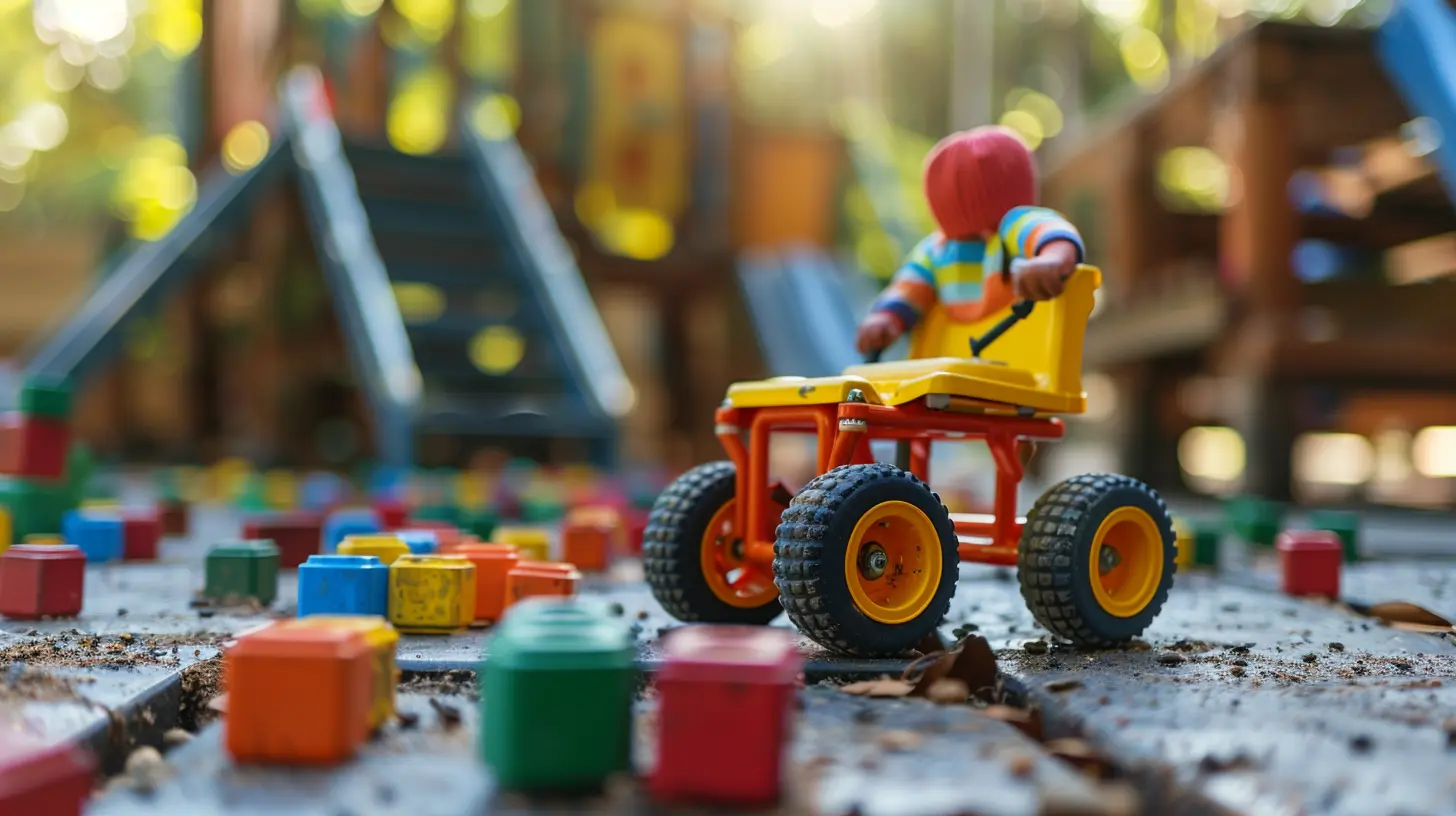
What Is a Learning Disability?
Let’s start with the term "learning disability." When you hear it, you might think of someone who finds it difficult to learn in the same way as others. While that’s partly true, a learning disability is much more complex.A learning disability is a neurological condition—meaning it stems from how the brain is wired. It affects a person's ability to receive, process, or communicate information. The most important thing to remember is that a learning disability is lifelong. It doesn’t just go away with time or extra help. People with learning disabilities often have average or above-average intelligence, but they struggle with specific areas of learning, like reading, writing, or math.
Types of Learning Disabilities
Learning disabilities come in different forms, and they don’t all look the same. Here are some of the most common types:- Dyslexia: Affects reading and language processing. People with dyslexia often struggle with letter recognition, spelling, and reading comprehension.
- Dyscalculia: Impacts a person’s ability to understand numbers and math concepts. You might notice problems with counting, telling time, or understanding basic math operations.
- Dysgraphia: Makes it difficult to write by hand. This can include issues with spelling, grammar, and organizing thoughts on paper.
- Auditory Processing Disorder (APD): Affects how the brain processes sounds. People with APD may have trouble understanding spoken language, even though they have normal hearing.
- Visual Processing Disorder (VPD): Impacts the brain’s ability to process visual information. This can make it hard to differentiate shapes, understand spatial relationships, or interpret visual cues.
How Learning Disabilities Are Diagnosed
Diagnosing a learning disability isn’t as simple as giving someone a test. It usually involves a comprehensive evaluation by a team of specialists, including psychologists, special education teachers, and sometimes medical professionals. This often includes IQ tests, academic assessments, and observations by teachers and parents.It's important that the diagnosis is accurate because it informs the type of support the person will need throughout their education and possibly into adulthood. Once diagnosed, individuals with learning disabilities can receive tailored interventions and accommodations, such as extra time on tests, one-on-one tutoring, or assistive technology.
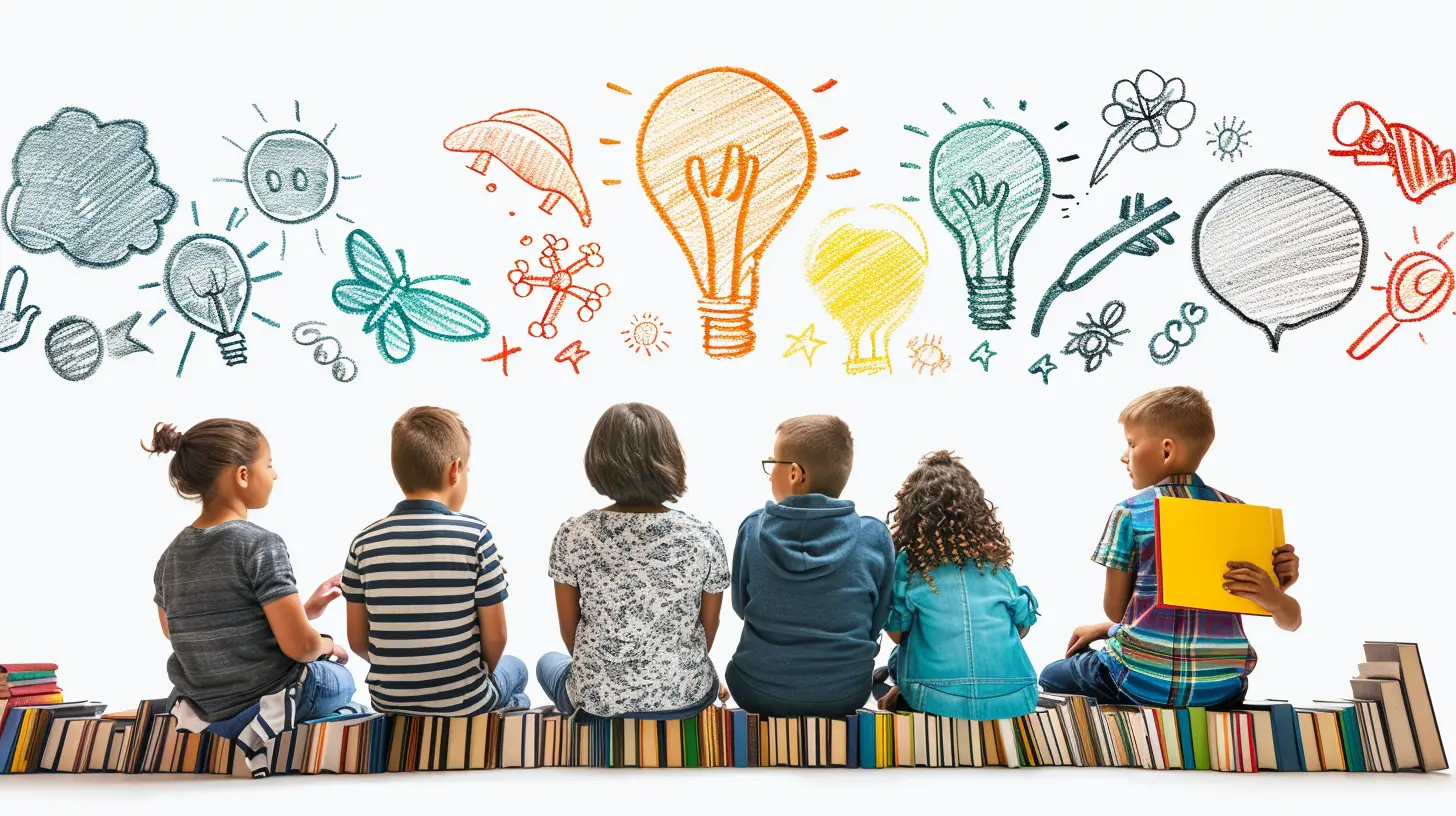
What Is a Learning Difficulty?
Now, let’s talk about learning difficulties, which are often confused with learning disabilities. A learning difficulty, unlike a learning disability, doesn’t stem from how the brain is wired. Instead, it refers to specific challenges a person may face in learning, but these challenges are usually temporary and can be overcome with the right support.Learning difficulties are often caused by external factors. These could include things like:
- Poor quality of teaching or lack of educational resources
- Emotional distress or trauma
- Language barriers, especially in bilingual students
- Health issues, such as chronic illness or poor nutrition
Common Learning Difficulties
Learning difficulties are typically more circumstantial, and they can often be addressed with improved teaching methods or by fixing the external factors. Some examples include:- Language Barriers: Students who are learning in a second language may struggle to keep up with their peers. Once they become more proficient, their learning difficulties may diminish.
- Emotional or Behavioral Issues: A student dealing with anxiety, depression, or trauma may have trouble focusing in class. With proper emotional support, they can often overcome these challenges.
- Lack of Early Education: A child who hasn’t had access to early education may struggle initially when they start school. However, with the right support, they can catch up to their peers.
How Learning Difficulties Are Addressed
The good news is that most learning difficulties can be resolved or greatly improved with appropriate strategies. For example, students who are behind in reading can benefit from targeted literacy programs, while those with emotional difficulties might find success through counseling or therapy.In a classroom setting, teachers can adapt their teaching methods to fit the needs of students with learning difficulties. This could be as simple as providing extra practice for students who need it or using different learning materials.
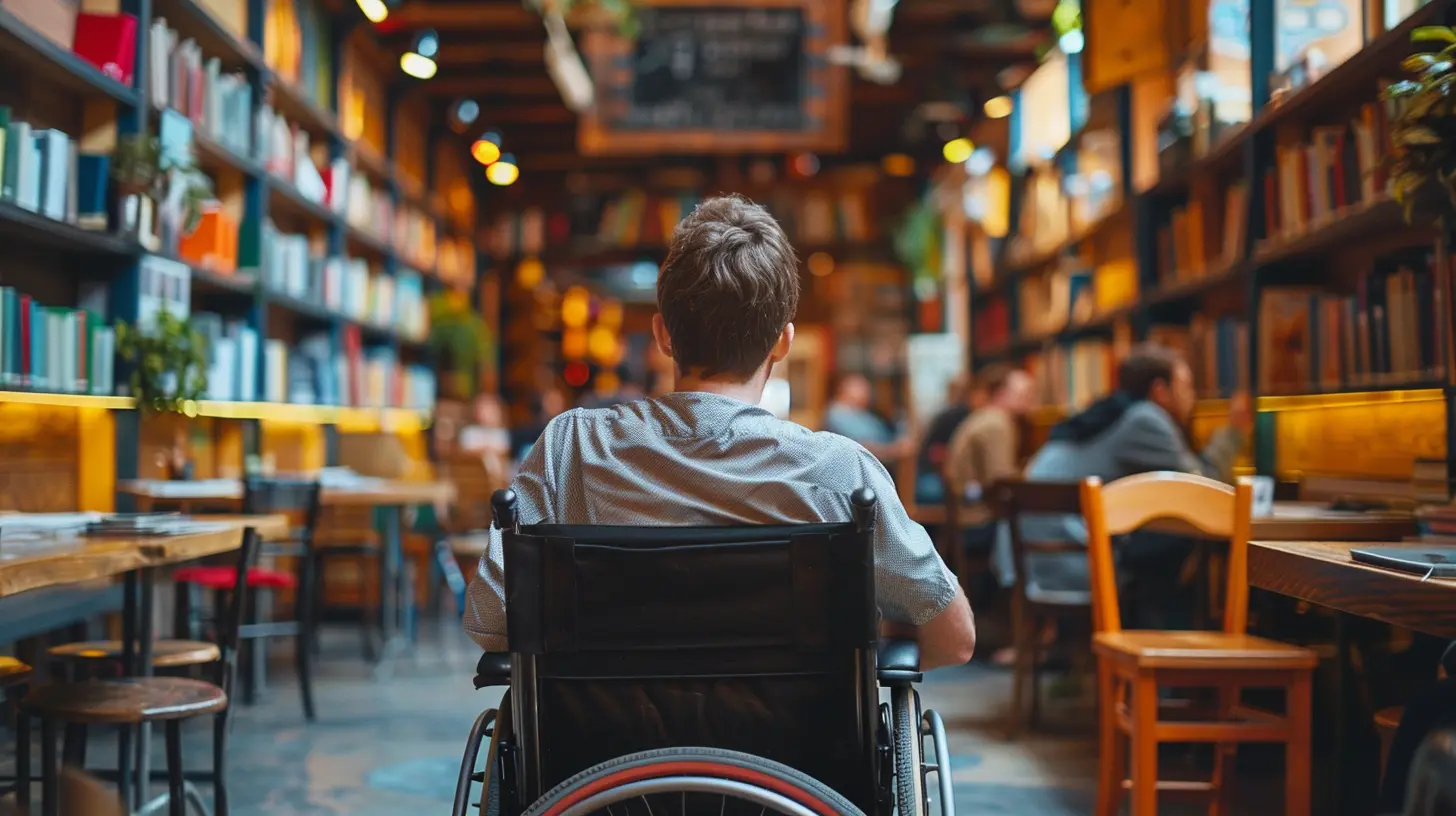
The Key Differences Between Learning Disabilities and Learning Difficulties
Now that we’ve outlined what learning disabilities and learning difficulties are, let’s dive into the main differences between the two.1. Origin
- Learning Disabilities: These are caused by differences in the brain and are lifelong conditions. They don't go away, even with extra support.- Learning Difficulties: These are often caused by external factors and are usually temporary. With the right help, they can be overcome.
2. Severity
- Learning Disabilities: These tend to have a more significant impact on a person's ability to learn because they affect specific brain functions. For example, someone with dyslexia will likely always struggle with reading to some degree.- Learning Difficulties: These are usually less severe and can often be resolved with time and appropriate interventions.
3. Diagnosis
- Learning Disabilities: Diagnosing a learning disability involves a thorough evaluation by a team of professionals, and it usually requires specialized testing.- Learning Difficulties: Learning difficulties can often be identified through observation and academic assessments. They don’t require the same level of formal testing as learning disabilities.
4. Support Needed
- Learning Disabilities: People with learning disabilities often need long-term, specialized support throughout their lives. This could include accommodations like extra time on tests, assistive technology, or ongoing therapy.- Learning Difficulties: In most cases, students with learning difficulties benefit from short-term interventions, such as tutoring or modified teaching methods. Once the underlying issue is addressed, they can usually catch up to their peers.
5. Impact on Intelligence
- Learning Disabilities: It’s important to note that learning disabilities do not reflect a person’s overall intelligence. Many people with learning disabilities have average or above-average IQs.- Learning Difficulties: Similarly, learning difficulties don’t necessarily indicate lower intelligence. They are more about external challenges than inherent ability.
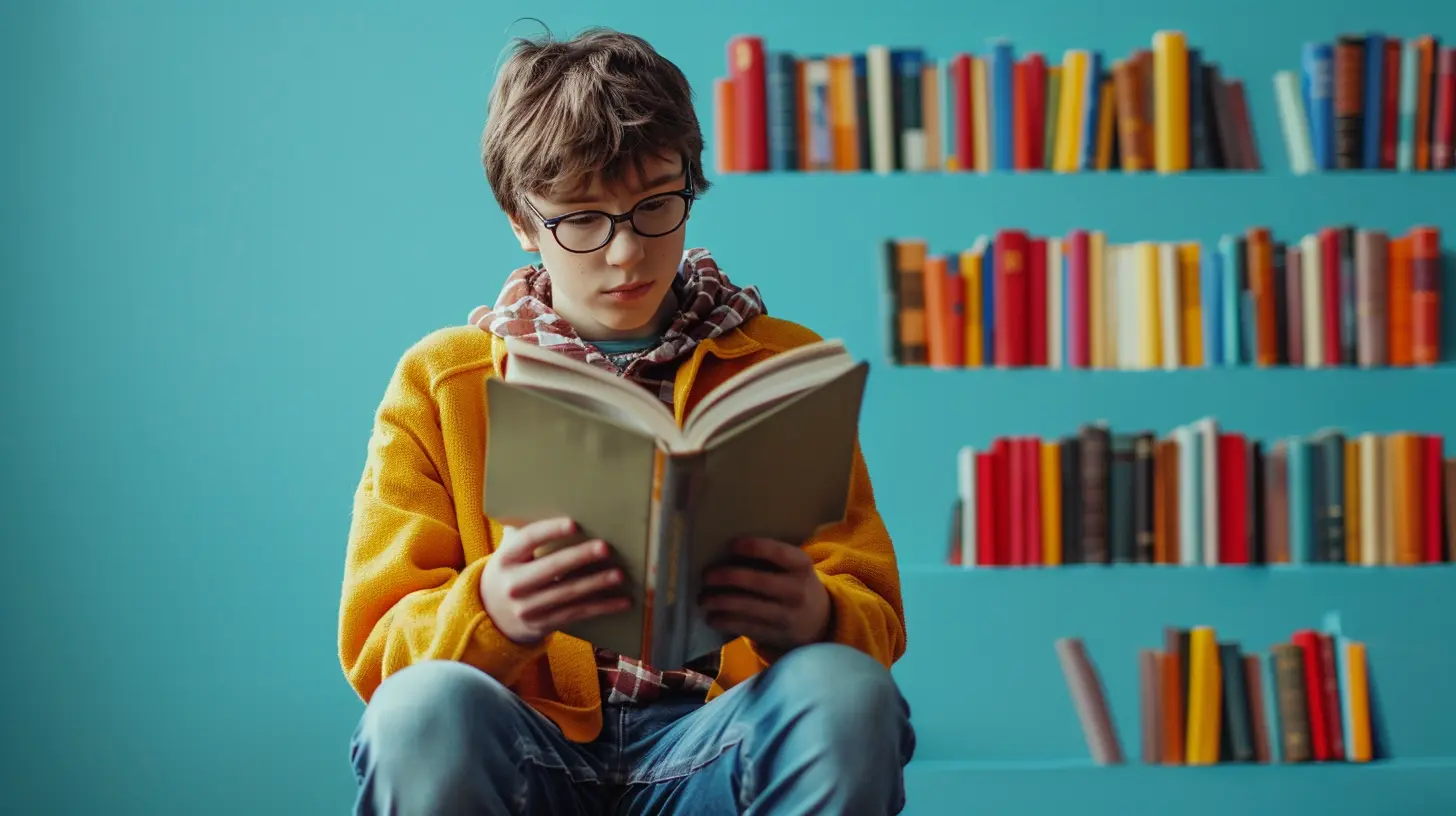
Why It’s Important to Understand the Difference
Understanding the difference between a learning disability and a learning difficulty is essential for providing the right kind of support. If a student with a learning disability is treated as if they simply have a learning difficulty, they might not get the long-term help they need. On the flip side, if a student with a learning difficulty is treated as if they have a learning disability, they might receive unnecessary interventions.For parents, understanding these differences can help them advocate for their child. For teachers, it can guide how they approach instruction and classroom management. And for students, it can lead to better self-awareness and confidence, knowing that their struggles are understood and addressed.
Strategies for Supporting Students with Learning Disabilities and Learning Difficulties
Whether you’re dealing with a learning disability or a learning difficulty, there are strategies that can help. Here are some general tips that can benefit both groups:1. Individualized Instruction
- Tailor the learning experience to meet the needs of the student. This could include one-on-one tutoring, breaking lessons down into smaller chunks, or using alternative teaching materials.2. Technology
- There are many assistive technologies available today that can help students with learning disabilities. For example, text-to-speech software can assist those with dyslexia, while calculators with step-by-step functions can help those with dyscalculia.3. Emotional Support
- Students with learning disabilities or difficulties often face frustration and low self-esteem. Building a supportive and encouraging environment can make a significant difference in their motivation and success.4. Collaboration Between Teachers and Parents
- Regular communication between educators and parents is key. Both parties can share insights and work together to create a consistent support system for the student.5. Accommodations and Modifications
- For students with learning disabilities, accommodations such as extra time on tests, alternative formats for assignments, or quiet spaces for focus can make a world of difference.
Conclusion
Learning disabilities and learning difficulties are often misunderstood, but the distinction between the two is crucial. While both can make learning challenging, understanding the root causes and appropriate interventions can help students thrive. Whether a student has a lifelong learning disability or a temporary learning difficulty, with the right support, they can reach their full potential.So, the next time you see a child struggling in school, remember: it’s not about labeling them, but about understanding their needs and offering the right kind of help. After all, every student deserves the opportunity to succeed, no matter how their brain processes information.
all images in this post were generated using AI tools
Category:
Learning DisabilitiesAuthor:

Bethany Hudson
Discussion
rate this article
16 comments
Lillian Morrow
This article is a breath of fresh air! It clarifies the important distinctions between learning disabilities and difficulties, making it easier for parents and educators to support every child’s unique learning journey. Understanding is the first step to empowerment!
March 28, 2025 at 4:59 AM

Bethany Hudson
Thank you for your insightful comment! I'm glad you found the article helpful in clarifying these important distinctions. Understanding is indeed key to better support our children.
Emily Mendoza
This article effectively clarifies the distinction between learning disabilities and learning difficulties, fostering a better understanding of diverse student needs. It’s essential for educators to recognize these differences to provide appropriate support and create inclusive learning environments.
February 9, 2025 at 12:15 PM

Bethany Hudson
Thank you for your insightful comment! I'm glad the article helped clarify these important distinctions for educators.
Zeke Burton
This article clarifies important distinctions between learning disabilities and difficulties, enhancing understanding for educators and parents.
January 31, 2025 at 11:55 AM

Bethany Hudson
Thank you! I'm glad the article helped clarify these important distinctions for educators and parents. Understanding these differences is crucial for supporting students effectively.
Kirk Coleman
News flash: Not all learning hiccups are disabilities! Let’s stop lumping everything together and start giving each struggle the spotlight it deserves. Knowledge is power!
January 27, 2025 at 7:52 PM

Bethany Hudson
Thank you for your insightful comment! I completely agree that it’s crucial to distinguish between learning disabilities and difficulties to provide tailored support for each unique challenge. Knowledge truly empowers us to make a difference.
Adria Ortiz
Important distinctions for effective educational support strategies.
January 25, 2025 at 1:46 PM

Bethany Hudson
Thank you! Recognizing these distinctions is vital for tailoring appropriate support strategies that foster success for all learners.
Kairoth Cook
Understanding the distinction between learning disabilities and difficulties is crucial for providing effective support and fostering student success.
January 17, 2025 at 7:19 PM

Bethany Hudson
Absolutely, recognizing this distinction is essential for tailoring support and enabling all students to thrive. Thank you for your insightful comment!
Greyson Kirkpatrick
Ah, learning disabilities and learning difficulties – like the difference between a cat video and a cat meme. One’s a serious issue that needs attention, while the other just makes you chuckle while you struggle with math. Let’s navigate this with humor and heart!
January 12, 2025 at 8:29 PM

Bethany Hudson
Absolutely! Humor can be a great way to spark conversations about the serious distinctions between learning disabilities and difficulties while fostering understanding and empathy. Thank you for your insightful comment!
Blade Klein
Thank you for clarifying the distinctions between learning disabilities and learning difficulties. This article provides valuable insights that will help educators and parents better support students in their unique learning journeys.
January 5, 2025 at 4:05 AM

Bethany Hudson
Thank you for your kind words! I'm glad you found the distinctions helpful for supporting students.
Karina McHugh
This article effectively clarifies the distinctions, promoting better support for students facing educational challenges.
January 2, 2025 at 12:53 PM

Bethany Hudson
Thank you for your feedback! I'm glad the article helps clarify these important distinctions.
Mateo Clayton
This article clearly distinguishes between learning disabilities, which are neurological conditions, and learning difficulties, which may stem from external factors. Understanding this difference is crucial for effective support and intervention strategies.
December 26, 2024 at 9:48 PM

Bethany Hudson
Thank you for highlighting this important distinction! Understanding the differences is indeed vital for providing appropriate support and interventions.
Kingston Wolfe
Empowering learners begins with understanding! Recognizing the distinction between learning disabilities and difficulties fosters inclusivity, enabling tailored support and unlocking potential for every student to thrive. Let's champion every learner's journey!
December 15, 2024 at 3:41 AM

Bethany Hudson
Thank you for your insightful comment! Understanding these distinctions is indeed crucial for fostering inclusivity and supporting all learners effectively. Let's continue to champion their journeys together!
Georgina Ford
This article does a great job clarifying the distinction between learning disabilities and learning difficulties. It's crucial for educators and parents to understand these differences to provide the right support. Knowledge in this area can significantly impact a child's educational journey and self-esteem.
December 12, 2024 at 11:21 AM

Bethany Hudson
Thank you for your insightful comment! I'm glad you found the article helpful in clarifying these important distinctions. Understanding them truly can make a difference in supporting children's educational journeys.
Sylvan Lawson
Navigating the subtle yet profound distinctions between learning disabilities and difficulties unveils a hidden landscape of challenges and potentials. As we delve into this intricate topic, we uncover not just diagnoses, but the unique stories and strengths that shape each learner's journey. What secrets lie beneath the surface?
December 11, 2024 at 9:31 PM

Bethany Hudson
Thank you for your insightful comment! Indeed, exploring these distinctions reveals not only the challenges learners face but also their unique strengths and stories. It’s essential to recognize the individuality in each learning journey.
Lyra Malone
This article effectively clarifies the nuanced distinctions between learning disabilities and difficulties, emphasizing the importance of personalized educational approaches.
December 11, 2024 at 11:56 AM

Bethany Hudson
Thank you for your insightful comment! I'm glad you found the distinctions and emphasis on personalized education valuable.
Zevran McGeehan
This article effectively clarifies the distinction between learning disabilities and learning difficulties, highlighting the importance of recognizing each for appropriate support. Understanding these differences is crucial for educators, parents, and students in fostering effective learning environments.
December 10, 2024 at 12:41 PM

Bethany Hudson
Thank you for your insightful comment! I'm glad the article resonated with you and helped clarify these important distinctions for better support in education.
Nell McNair
Great article! It’s essential to clarify the distinction between learning disabilities and difficulties. Understanding these differences empowers educators and parents to provide the appropriate support, ensuring that every learner can thrive and reach their full potential.
December 10, 2024 at 5:32 AM

Bethany Hudson
Thank you for your insightful comment! I completely agree—clarifying these distinctions is vital for effective support.
MORE POSTS

The Magic of Water Tension: Fun Experiments to Try at Home

The Power of Active Listening for Personal and Professional Growth

Engaging Students Through Effective Classroom Management
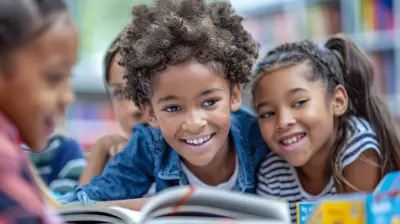
How to Use Collaborative Learning to Support Struggling Students

The Benefits of Mindfulness Practices for Students

How to Build Strong Networking Skills for Career Advancement
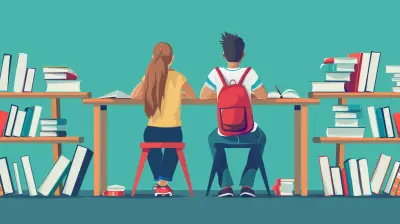
The Importance of Peer Support in Avoiding Teacher Fatigue
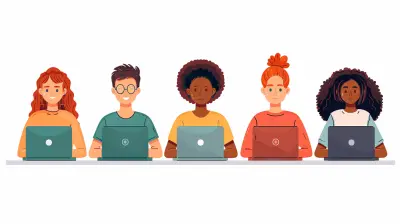
How to Stay Engaged in Online Classes
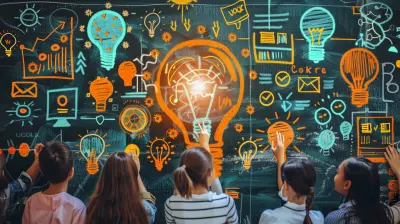
Collaborative Decision-Making: Empowering Students to Take Charge

Exploring the Human Heart with DIY Pulse Monitors